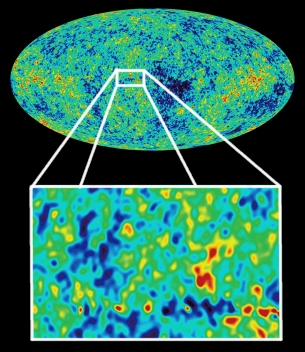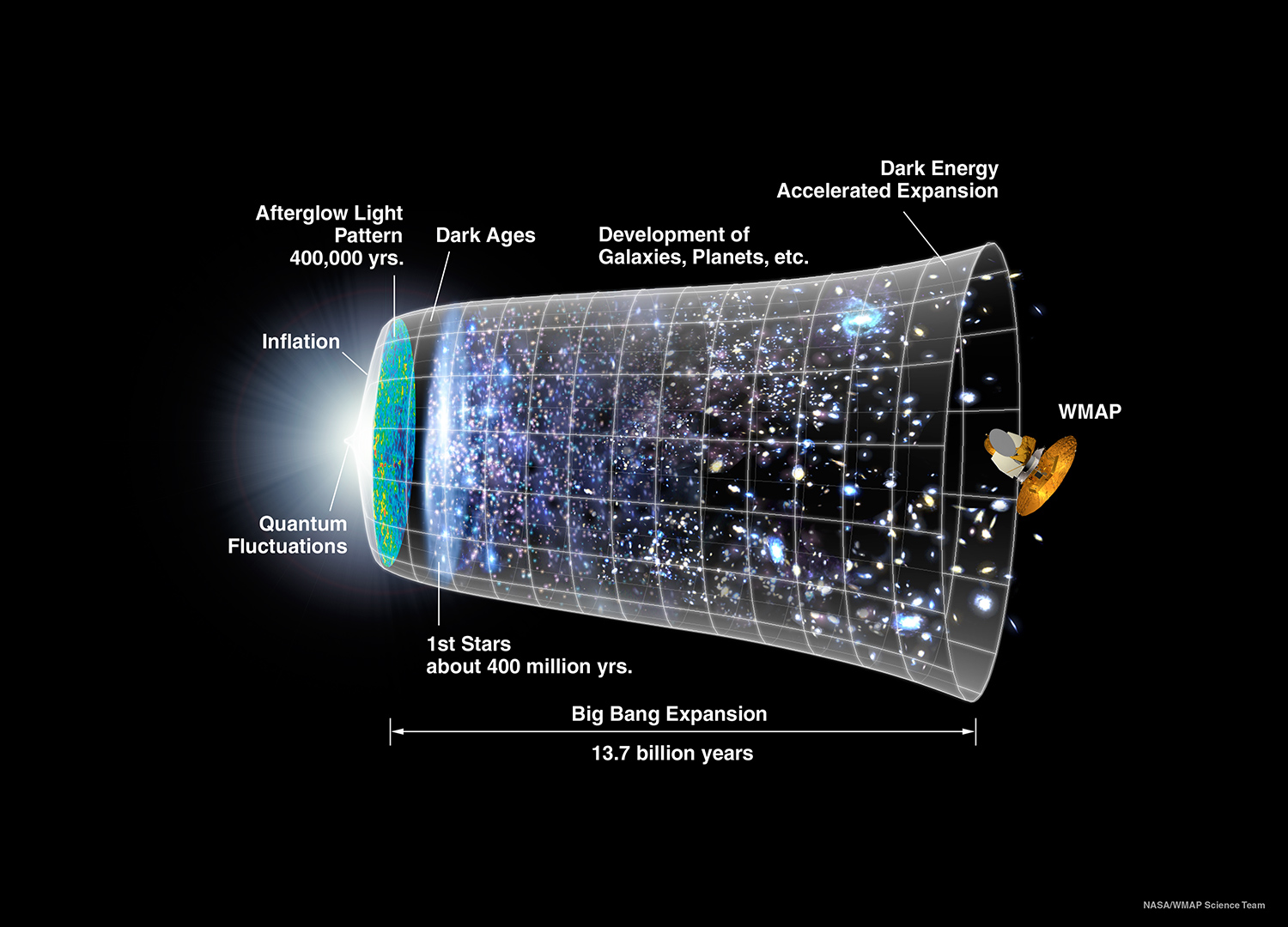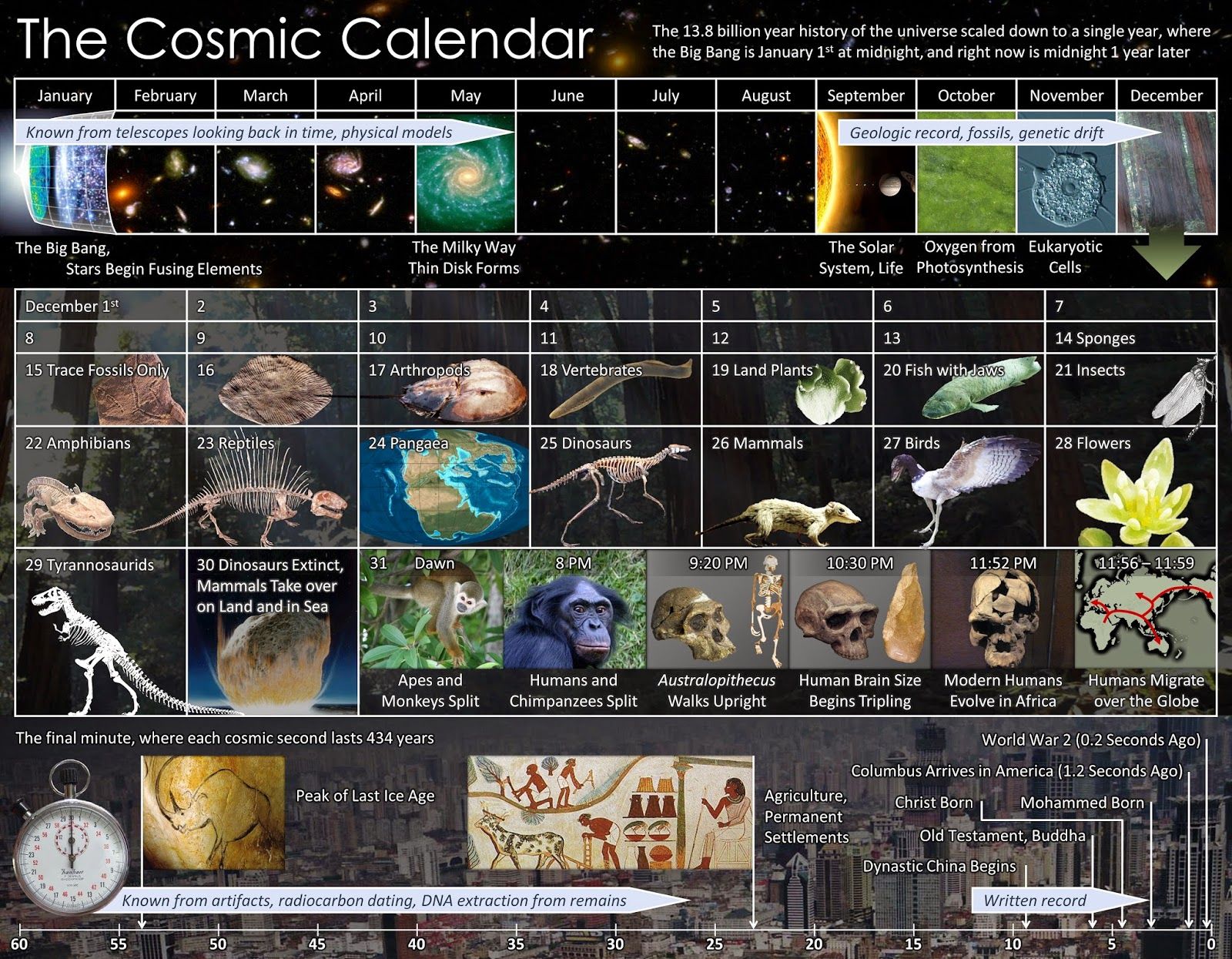
|
COSMOLOGY:
Cosmology
is the study of the structure and evolution of the Universe.
We discuss the Universe in terms of the Big Bang Theory
, a theory which describes nicely how the Universe has evolved
from its birth to the present and possible ways
in which the Universe may evolve
into the distant future. |
 |
Cosmology is an interesting science in many respects. A particularly
fascinating thing is that Cosmology is a science which, in the past,
was sometimes
driven by belief because of the presence of weak empirical data or
the absence of empirical
data. Today, the situation is completely
different. Modern cosmological thinking is driven by
empirical data, the quality and quantity of which improves day-by-day.
In Astronomy 123, we review the current state of
our understanding of the Universe and our place in the Universe
through consideration of theoretical
models and the observational facts that underlie and
drive the modeling.
On occasion, theoretical progress has been driven
by philosophical concepts. However, even in these
cases, the theories that were invented were scientific
in that the theories were falsifiable
(testable) by data. What happened is that
sometimes workers chose to explore and
develop ideas about the Universe driven by philosophy,
but that the proposed notions had to be able to lead to
predictions amenable to experimental and thus
to be testable (falsifiable) within
some reasonable time frame.
Before we go on, let's make an observation
about Universe versus
universe. Why do I use a capital
"U"
rather than a lower case "u"?
Well, because we are speaking of our
Universe,
and there is only one of our Universe.
Consequetly, we use the capital U.
If we spoke
of universes in general we would then use lower case "u"
in our
descriptions. It is
unfortunate that we know of only one universe
because we are never
sure if our Universe
is exceptional or if it is just one of the
gang. This, however,
cannot be helped and we simply play the hand we have been dealt.
Scientific Models of the Universe
We do not discuss the true nature of things in a sense,
rather, we construct models which can
reproduce the actions and behavior of the Universe and, more
importantly, models which lead to predictions of phenomena not yet
observed. This last point is crucial for this is what makes a
model scientific (as it makes it falsifiable).
SIZE AND EVOLUTION OF THE UNIVERSE

Comment: We use two different length scales
in astronomy when dealing with cosmology. The scales are the light year,
the distance a beam of light travels in 1 year or
1 light year = 9.46 trillion kilometers ~ 5.88 trillion miles.
The other length scale used is the parallax second
or more commonly the parsec which is
1 parsec = 3.08x1013 kilometers ~ 3.26 light years
|
OBSERVATIONAL FACTS
We do not know a ton of things about the Universe (such
as we do about the Solar System, for example), but there are several important
things which we do know. We will expand greatly on each
bit of information in the next few weeks.
The following observations are
the three underpinnings of the hot Big Bang model:
BIG BANG
We interpret observations
within the context of the
Big Bang Theory.
The Big Bang Theory
asserts only that in the past, the Universe
was much smaller, denser, and hotter than currently,
and that it has been expanding since. These notions are
amply supported by past and current observations:
- Hubble's Law → the Universe is expanding → Big
Bang Theory
- Big Bang Theory → we should be bathed in a low-temperature
background of radiation, the Cosmic Microwave Background (CMB). The
Big Bang Theory predicted the existence of the CMB nearly twenty years
before it was detected.
- Big Bang Theory → the Universe should be about 90 % hydrogen
and 10 % helium and small amounts of deuterium and lithium. This prediction
was confirmed in the decades following this bold assertion.
Most current work improves on the details and what can be learned from
the Big Bang model, and not on its general validity.
We next investigate some ideas
(principles) which guide (or have guided) how we view and think about the
Universe.
Return to Home Page


